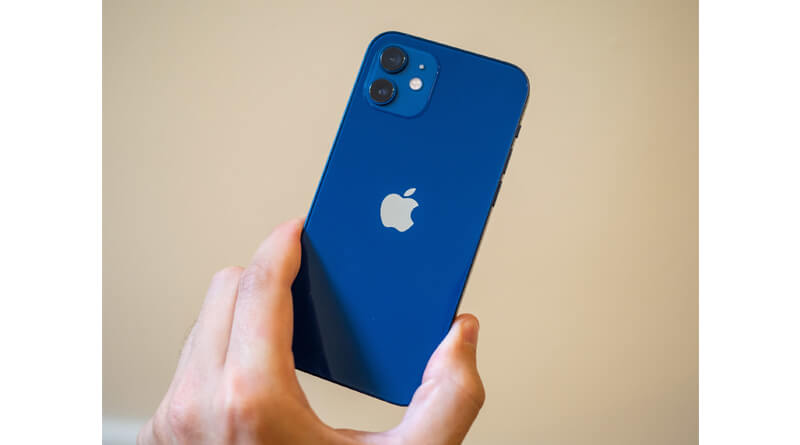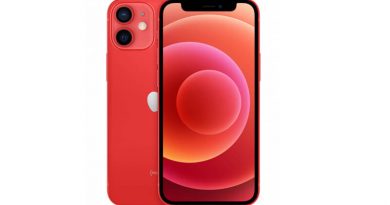iPhone 12 Reviews
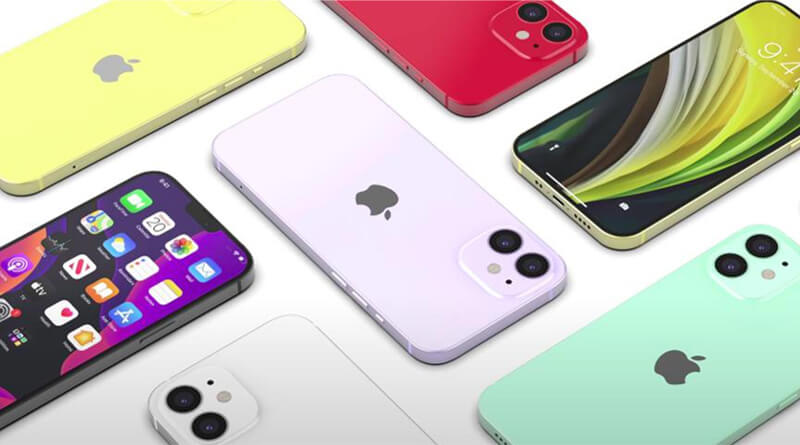
iPhone 12 and iPhone 12 Pro review: Massive upgrade in every regard
The iPhone 12 is a device that feels rolled into one, both familiar and new, reminiscent of the iPhone 4. Yet it has a 6.1-inch display that is capable of displaying iPhone outfit content. Apple has introduced 5G with this iPhone. So play the game without worrying about data speed crippling and keep going.
Released on October 23, 2020
A14 processor
New purple color released April 30, 2021
6.1-inch Super Retina XDR display
5G mmWave and sub-6GHz
Available starting at $799
The iPhone 12 is a replacement for the baseline iPhone 11. It uses Apple’s Super Retina XDR technology, has a 6.1 OLED display, and supports 5G networks.
Apple has announced four new iPhone models, including the iPhone 12 Mini, iPhone 12 Pro, and iPhone 12 Pro Max. The difference between each model is the size of the screen, the materials used, the battery life, and the power of the camera.
A new purple color for the iPhone 12 was launched on April 30, 2021. It was revealed during the “Spring Loaded” event held on April 20 when the release took place in production.
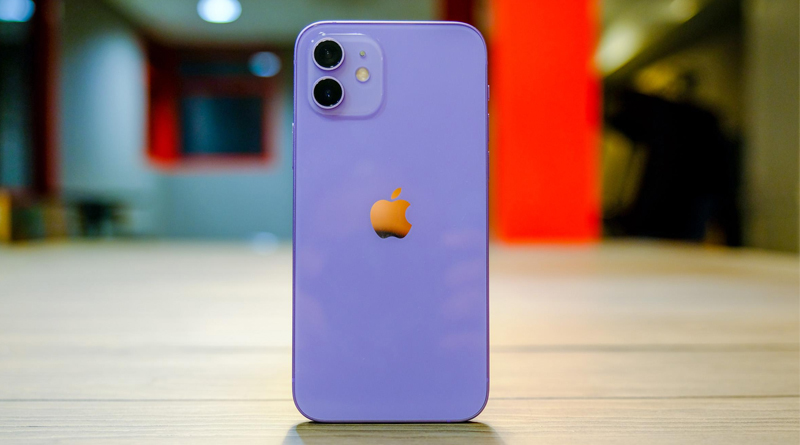
iPhone 12 features
The iPhone 12 has a number of new features and updates to push the device further. A new design, new color, better camera, and better processor. Apple has ranked the latest lineup as the “iPhone for all” as the most varied choice in screen size and color in its history.
Design
Apple is continuing its glass-sandwich design with an aluminum band wrapped around the device. The sides are now flat, similar to the iPad Pro design, but more reminiscent of the iPhone 4.
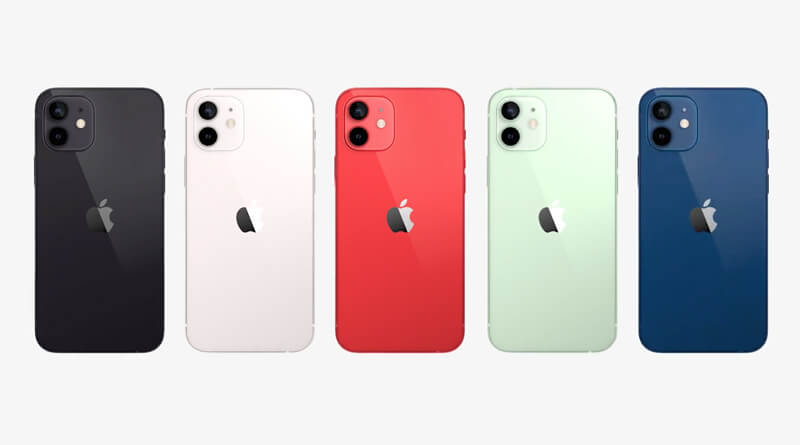
The camera bump uses a tiered approach. Where each camera comes out of a separate push at the bottom. This technique ensures that the cameras can remain of high quality without sacrificing the thickness of the device.
The camera bump uses a tiered approach. Where each camera comes out of a separate push at the bottom. This technique ensures that the cameras can remain of high quality without sacrificing the thickness of the device.
The device was relatively the same except for the plane sides. The use of LEDs made it possible to bring the display to the edge of the frame. Where LCDs needed larger bezels. The groove remains the same size when using the same TruePath array for Face ID.
The iPhone water resistance increased to a rating of IP68 under IEC standard 60529. You can submerge the device up to 6 meters for 30 minutes. However, Apple’s warranty does not cover water damage, so purposefully dunking the iPhone 12 isn’t recommended.
Display
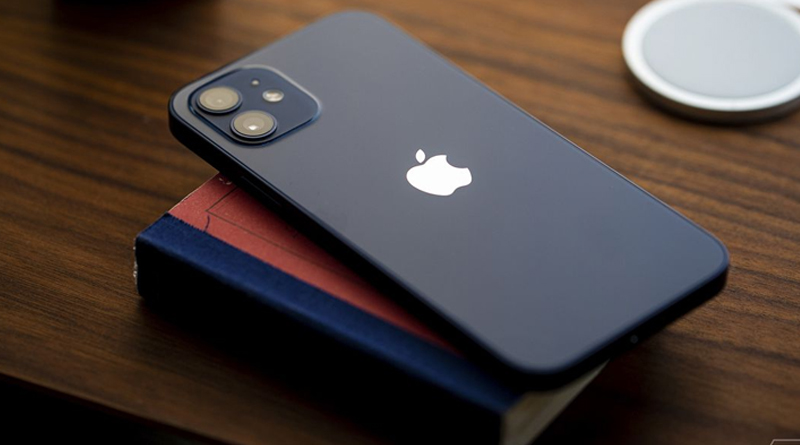
It includes LEDs in every iPhone generation model. The display uses Apple’s Super Retina XDR technology with improved HDR and a million-to-one contrast ratio with true blacks. It comes in at 460ppi and can display up to 1200 nits of HDR content.
The display has a new ceramic shield, which improves durability when dropped. The temperature crystallization process used to harden the glass improves drop protection by up to 4x compared to older models.
The 6.1-inch display size is not new to the baseline model. Although the flat bezel and improved design give way to screen-to-body ratios.
Dual Lens Camera System

Rear Camera Setup Like the iPhone 11, there are two 12-megapixel rear cameras – one wide and one ultra-wide. The layout is similar to the iPhone 11 but has a larger aperture on both lenses.
The wide camera has an f / 1.6 aperture, which improves the iPhone 11’s f / 1.8 aperture. It allows 27% more light for better low-light photos and videos.
A14 Bionic Processor – Photography considered for deep fusion and night mode work has been greatly improved on all cameras, including the front-facing selfie camera.
The Smart HDR3 uses ML to adjust the white balance, contrast, texture, and saturation in each image. Each photo taken is analyzed through an image signal processor built-in A14 to bring precise details and color.
The iPhone 12 can shoot video in HDR with Dolby Vision grading. This is the first for any smartphone. With Dolby Vision, 4K HDR recording will allow filmmakers to create a video that has never been possible on an iPhone before. Apple lets you record, edit, view, and share Dolby Vision content on the same device.
Selfie camera
The front camera is still a 12-megapixel, f / 2.2 lens. The TrueDepath system used for Face ID is unchanged from previous generations.
The selfie camera has a portrait mode with enhanced bokeh and depth control, portrait illumination with effects, 4K video recording, 1080p HD video recording, and next-generation smart HDR. It also has cinematic video stability, wide color capture, live photos, explosion mode, and auto image stabilization.
As mentioned earlier, the front-facing camera can now take advantage of night mode and deep fusion calculations.
Apple has added a new feature to iOS 14.5 that allows users to unlock their iPhones while wearing a mask. You will need an Apple Watch running WatchOS 7.4 or later to use this feature.
Wearing an unlocked Apple Watch, if your face ID detects a mask during authentication, your iPhone will be unlocked. Your watch will vibrate and play a sound to warn you that the iPhone was unlocked and in case of careless unlock gives you the option to quickly re-lock your device.
5G Wireless Capabilities
5G will bring a new level of performance in streaming, gaming, and workflow. All new iPhone 12 models have received both 5G in the United States and both sub-6 GHz versions worldwide.
Apple has created device frames with custom 5G antennas and enabled more 5G bands than any other smartphone. IOS frameworks have been able to work with 5G from the ground up for maximum optimization.
Each version of 5G has different branding names associated with it depending on your supplier. Almost all suppliers refer to sub-6 GHz bands as “5G”. mmewave bands are specified separately by each brand, some call them ultra-wideband and others call them 5G +.
Verizon 5G Ultra-Wideband offers 4 Gbps download and 200 Mbps upload in ideal conditions. The network will reach 60 cities by the end of the year. Verizon’s standard 5G network is also being launched, providing users with a widely available network at launch.
AT&T and T-Mobile also have 5G networks available across the country. Each company usually has mmWave 5G in some places across the United States, usually in major cities, sports stadiums, or tourist attractions. You probably won’t notice the difference between bands that don’t actively play any online games or download movies.
A14 Bionic
The A14 Bionic is a custom Apple Silicon processor that uses a 5-nanometer process. It features a 50% faster CPU and GPU than other manufacturers ’smartphone chips and has more than 11.8 billion transistors. Benchmarks show that the A14 has about 20% improvement in single-core and multi-core performance compared to the A13.
The Neural Engine has a 16-core processor that is up to 80% faster than the A13 Bionic. It performs 11 trillion operations per second. The Neural Engine is responsible for everything from machine learning to photography when using the iPhone.
MagSafe
Magsafe is back for the iPhone 12 lineup. Apple has added magnetic charging and accessories to the new lineup, allowing users to attach and exchange cases, charging pads or battery packs.
Users who want to take advantage of MagSafe can buy cases designed specifically for the technology. Thicker and more protective cases require their own magnetic attachment to pass through the charging signal. Compatible cases of MagSafe have built-in magnets with NFC to enable MagSafe animation when connected.
The Magsafe charger can output up to 15W on iPhones and will still charge Qi-compatible devices at 7.5W. Users need a 20W power adapter for full 15W charging.
The adoption of third-party accessories has slowed which could indicate the complexity behind Apple’s MagSafe application. Magnetic accessories such as third-party wallets and chargers have been released, but they are not official magsafe and will not have some of the features associated with the system.
Apple’s official products include a wallet, charging cable and case. Official products from other companies like Belkin provide more charging solutions.
A Magsafe battery pack made by Apple is expected to be released which can charge the iPhone at full 15W while connected. Third party options exist today, but only the magnetic Qi charger that gives an output of 7.5W.
Size and Weight

Apple has narrowed down the range of new models. On the iPhone 12 it makes a smaller and lighter device with the same display size. Slight changes in borders are related to the flat-sided design and the use of OELD.
Compared to the iPhone 11, it is 2.7% shorter, 5.4% narrower and 12% thinner. The new model is 15.5% lighter than its predecessor.
The iPhone no longer ships with power adapters or headphones. This was done to reduce product packaging while shipping the devices and to reduce Apple’s impact on the environment.
Rating 4.5
We have chosen new designs and colors on the new iPhone. The flat sides together make the design feel more modern even classic.
Moving to LED in non-pro-models is a big step from the previously used LCD. Better color and near-infinite contrast pops iOS and dark mode. Users can even film and view Dolby Vision content on their iPhone.
Increased durability from drops due to the ceramic shield is a welcome addition but does not solve the scratching problems that occur as a result of constant use. Users can notice small frictions as the iPhone comes in regular pocket contact.
The new camera glasses are impressive in paper and in practice. The iPhone 12 can shoot 4K 30 fps in Dolby Vision HDR. Night mode is improved with advanced algorithms and captures impressive images.
We’ve determined that even with 5G being better than 4G, it’s not fair to the iPhone 12 itself. Users who live in dense areas with 5G antennas can take advantage of the fast speed but don’t notice the big difference in daytime usage.
Magsafe is a secret killer feature that has a lot of potential. The accessories now available are attractive and third party manufacturers have started to create only compatible accessories.
We believe that the iPhone 12’s advanced processor, display and a desirable upgrade has been added to the Magsafe. 5G may not be an amazing feature but it does confirm the device as proof of the future.
Cons
1. 5G is nearly useless, for now
2.No additional scratch resistance or reinforced back glass
3.Some may find the colors subdued
Pros
- MagSafe is a killer feature
- 5G is great when you can get it
- Camera improvements like night mode portraits and Dolby Vision HDR video are game-changing
- Great new design with fantastic colors
- Increased water and drop resistance
- Lighter, smaller, thinner design with edge-to-edge OLED display
- A14 Bionic processor is incredibly powerful
